- Summary list for topic 7.3 Translation
- Mindmaps
- Exam style question about tRNA
- Model answer
- Model answer
- Multiple choice questions
- 7.3 Translation HL 1/1
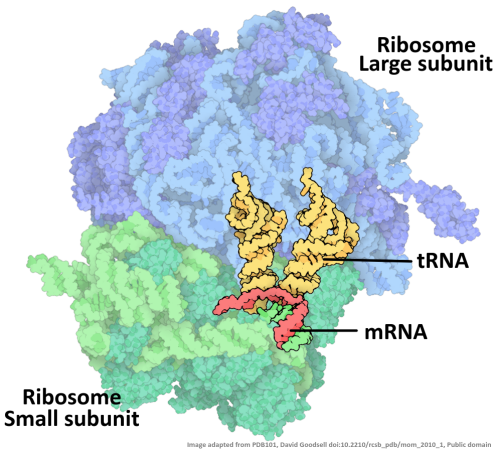
Learn and test your biological vocabulary for 7.3 Translation using these flashcards.
These slides summarise the essential understanding and skills in this topic.
They contain short explanations in text and images - good revision for all students.
Read the slides and look up any words or details you find difficult to understand.
Summary list for topic 7.3 Translation
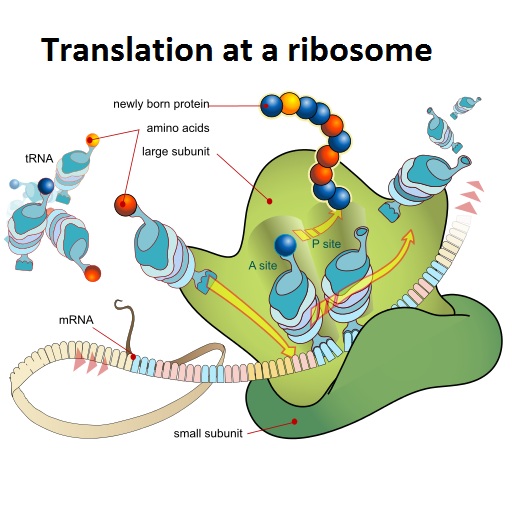 Three stages of translation
Three stages of translation
- Initiation is the assembly of the components (large and small ribosome subunits, mRNA and tRNA molecules) that carry out the process.
- Synthesis of the polypeptide (elongation) involves a repeated cycle on a ribosome where tRNA binds to the A (aminoacyl), P (peptidyl) and E (exit) sites in turn. Polypeptide molecule is produced.
- (examples of start and stop codons not needed)
- Termination of translation is followed by disassembly of the components.
Ribosomes
- Proteins for use within the cell are made by free ribosomes.
- Membrane bound ribosomes synthesise proteins for secretion or for use in lysosomes.
- Translation can occur immediately after transcription in prokaryotes due to the absence of a nuclear membrane.
Polypeptide structure
- The sequence and number of amino acids in the polypeptide is the primary structure.
- The secondary structure is the formation of alpha helices and beta pleated sheets stabilised by hydrogen bonding.
- The tertiary structure is the further folding of the polypeptide stabilised by interactions between R groups. (Polar and non-polar amino acids are relevant to the bonds formed between R groups.)
- The quaternary structure exists in proteins with more than one polypeptide chain. and may involve the binding of a prosthetic group to form a conjugated protein.
- Identify polysomes structures in prokaryote and eukaryote cell microscope images.
- To analyse the structure of eukaryotic ribosomes and tRNA molecules using visualisation software.
- To illustrate enzyme substrate specificity using tRNA activating enzymes.
- To link phosphorylation to enzyme activity in tRNA.
Mindmaps
These diagram summaries cover the main details of topic 7.3 Translation.
Study them and draw your own list or concept map, from memory if you can.
Exam style question about tRNA
Understanding the structure and function of tRNA is an important skill from this topic.
Answer the question below on a piece of paper, then check your answer against the model answer below.
Outline the structure of a tRNA molecule and how its two binding sites are used during translation. [3]
....................................................................................... ............................................................................
....................................................................................... ............................................................................
....................................................................................... ............................................................................
....................................................................................... ............................................................................
.
.
Click the + icon to see a model answer.
Multiple choice questions
This quiz contains multiple choice questions covering the understandings and skills in this topic.
START QUIZ!
Drag and drop activities
Test your ability to construct biological explanations using the drag and drop questions below.
The levels of protein structure are an important concept in this topic.
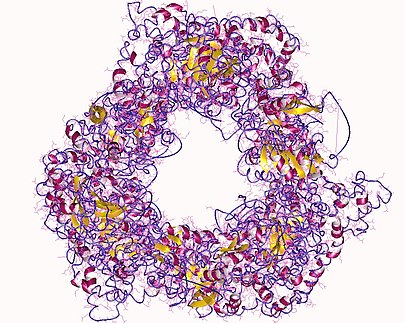 Ribbon model of Helicase enzyme.
Ribbon model of Helicase enzyme.
Drag and drop the correct word into the gaps in the table to outline the four levels of polypeptide structure.
gamma extra more Tertiary. beta prosthetic R-groups hydrogen genetically associate Alpha hydrophilic amino organic
Level of structure. | Description. |
Primary. | Sequence of acids. This is determined. |
Secondary. | helices and/or pleated sheets. Due to bonding between oxygen and hydrogen in the peptide bond giving a regular structure. |
| Folding of the polypeptide chain due to and hydrophobic interactions between the of the amnio acids. |
Quaternary. | In proteins with than one polypeptide chain, these chains to form the functional protein molecule. There may be a non-protein group in this structure. |
Examples are useful to know and relate to other areas of the syllabus content. Haemoglobin has a quaternary structure and is easy to describe.
Just for fun
Everyone needs a bit of fun while they revise. Try this Translation 7.3 card match game.
Can you reach the leader board?
How much of Translation 7.3 HL have you understood?








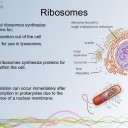
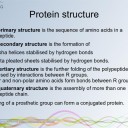
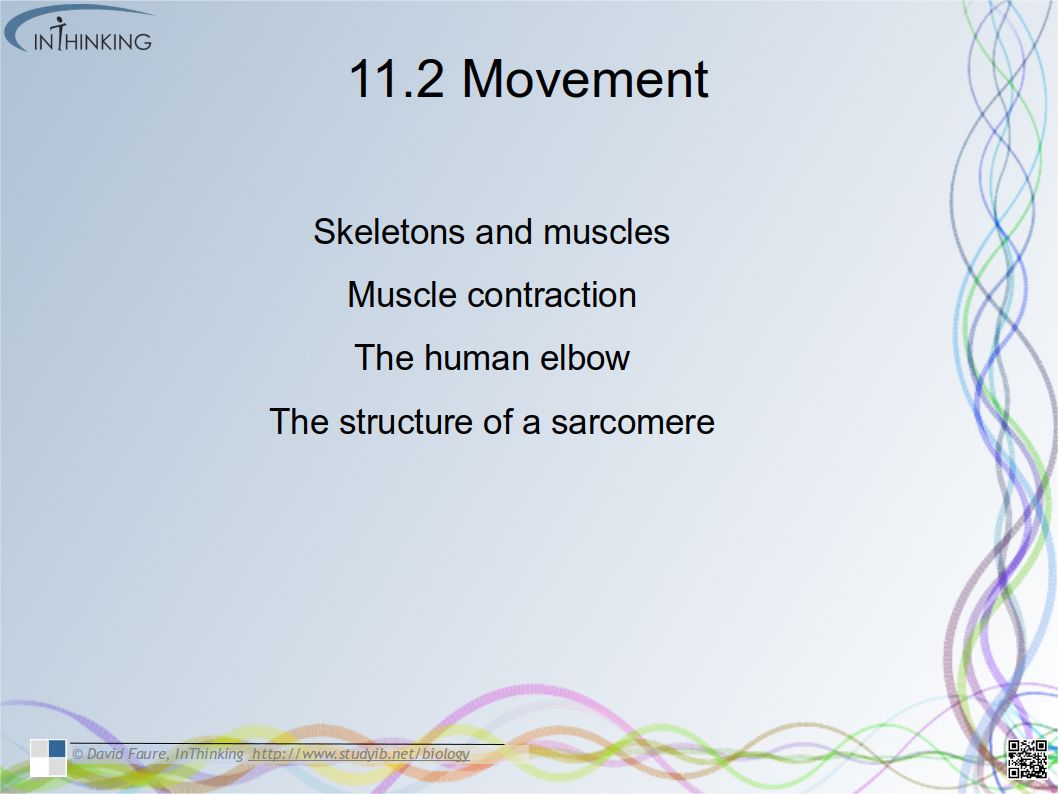
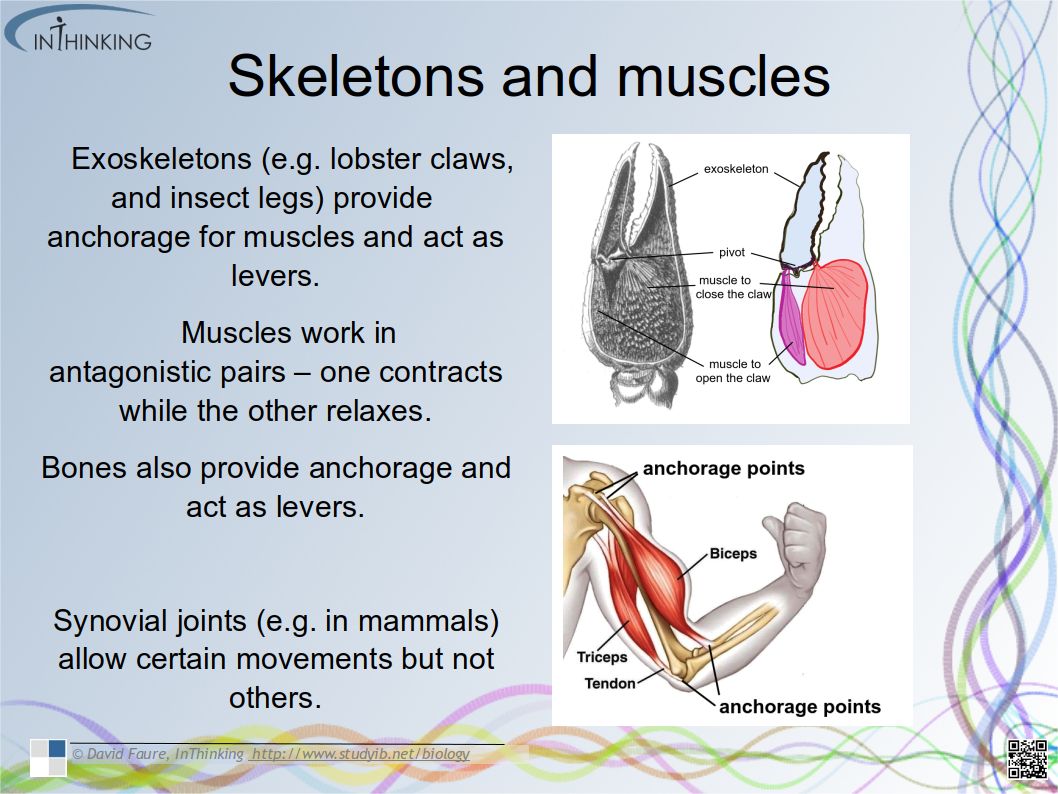

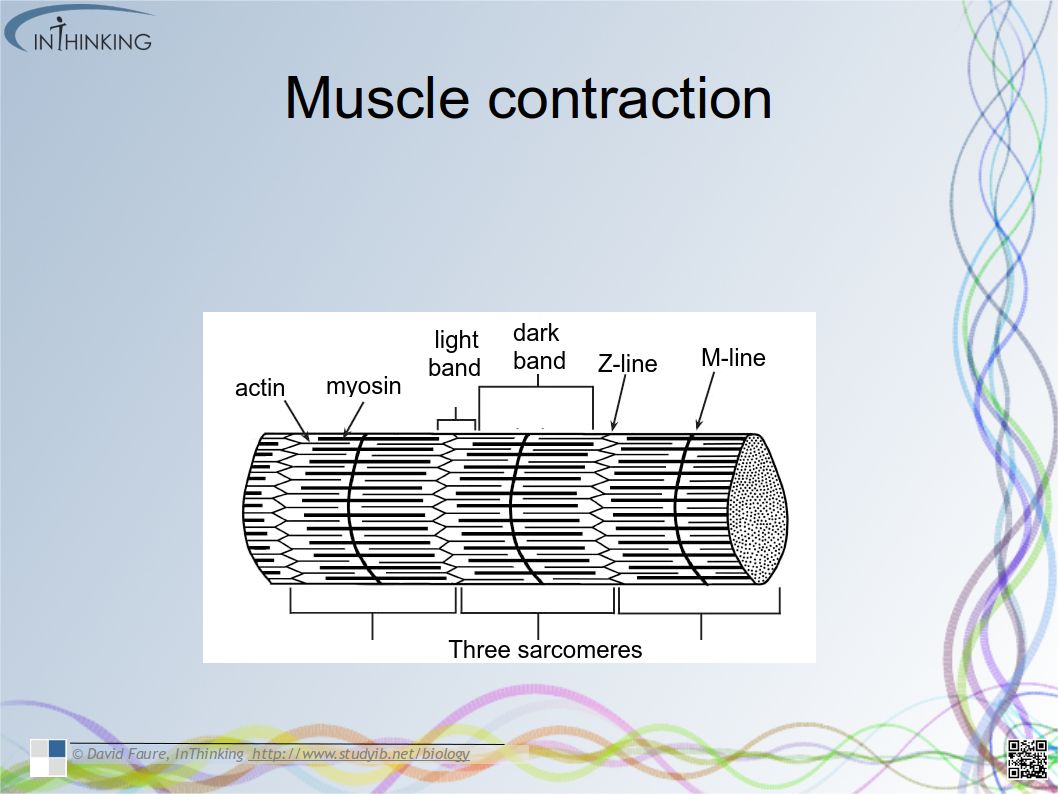

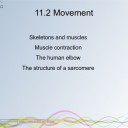
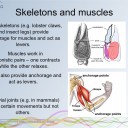
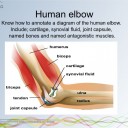
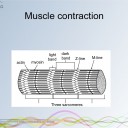
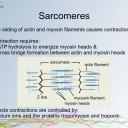
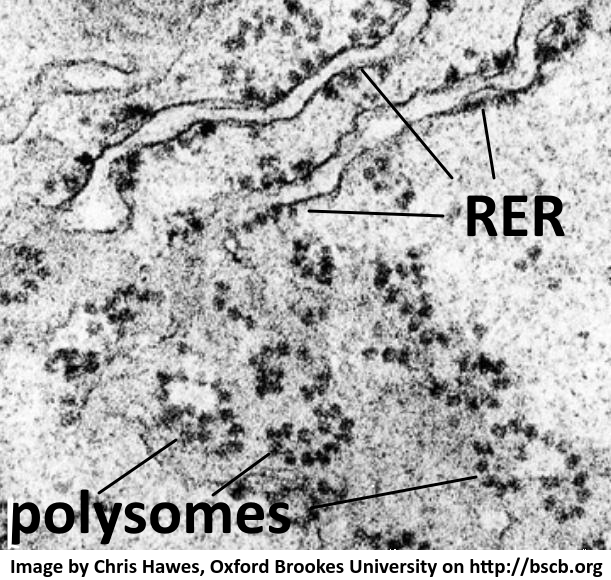
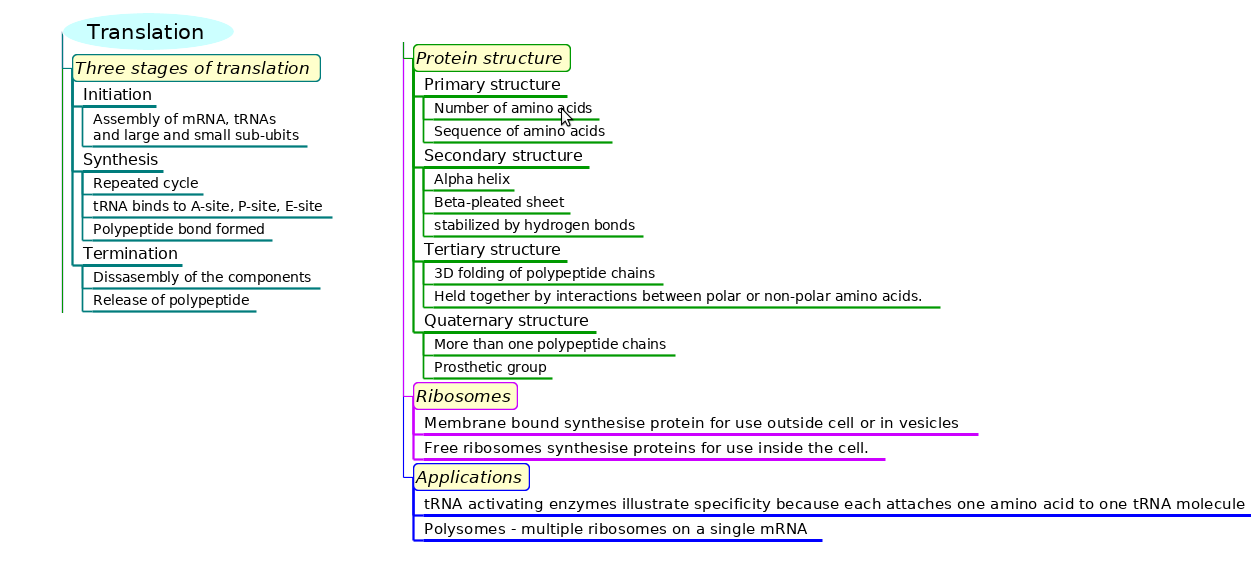
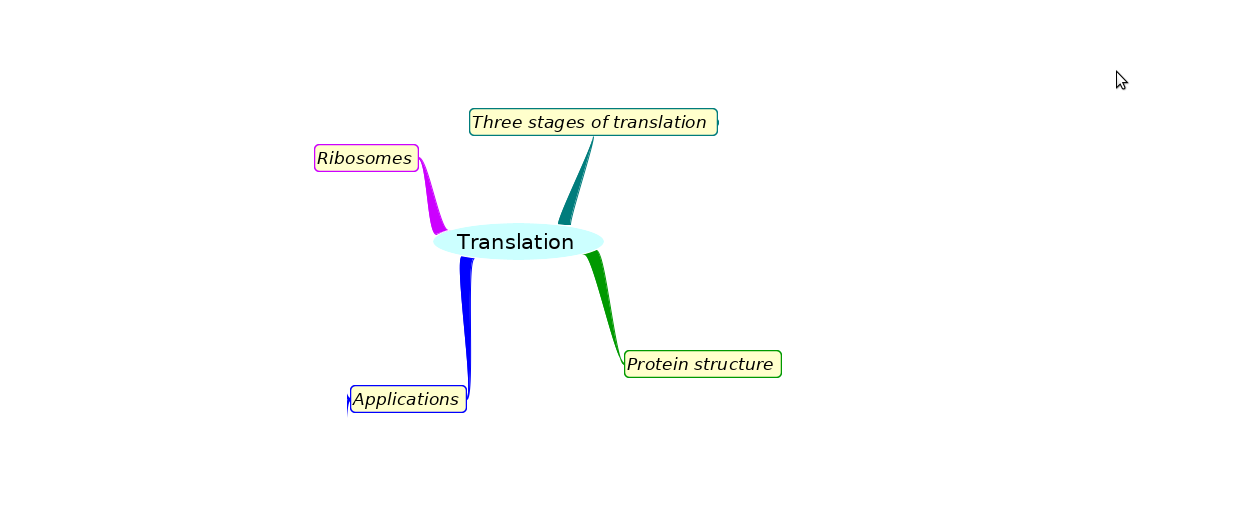

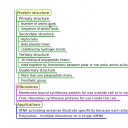
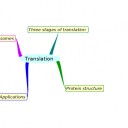

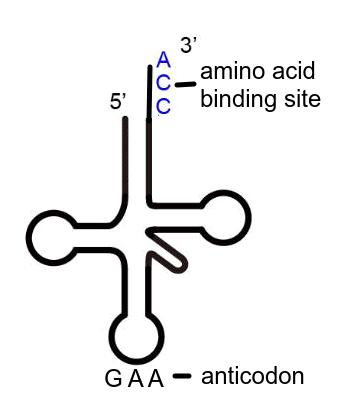

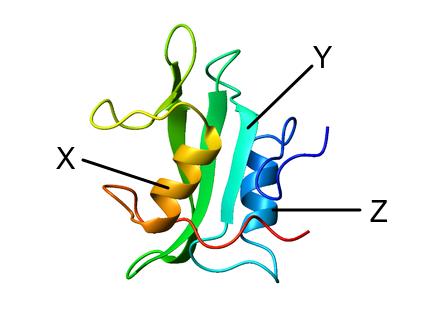

 Twitter
Twitter  Facebook
Facebook  LinkedIn
LinkedIn